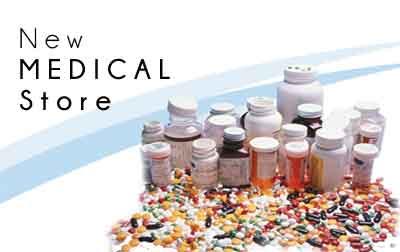- Home
- Medical news & Guidelines
- Anesthesiology
- Cardiology and CTVS
- Critical Care
- Dentistry
- Dermatology
- Diabetes and Endocrinology
- ENT
- Gastroenterology
- Medicine
- Nephrology
- Neurology
- Obstretics-Gynaecology
- Oncology
- Ophthalmology
- Orthopaedics
- Pediatrics-Neonatology
- Psychiatry
- Pulmonology
- Radiology
- Surgery
- Urology
- Laboratory Medicine
- Diet
- Nursing
- Paramedical
- Physiotherapy
- Health news
- Fact Check
- Bone Health Fact Check
- Brain Health Fact Check
- Cancer Related Fact Check
- Child Care Fact Check
- Dental and oral health fact check
- Diabetes and metabolic health fact check
- Diet and Nutrition Fact Check
- Eye and ENT Care Fact Check
- Fitness fact check
- Gut health fact check
- Heart health fact check
- Kidney health fact check
- Medical education fact check
- Men's health fact check
- Respiratory fact check
- Skin and hair care fact check
- Vaccine and Immunization fact check
- Women's health fact check
- AYUSH
- State News
- Andaman and Nicobar Islands
- Andhra Pradesh
- Arunachal Pradesh
- Assam
- Bihar
- Chandigarh
- Chattisgarh
- Dadra and Nagar Haveli
- Daman and Diu
- Delhi
- Goa
- Gujarat
- Haryana
- Himachal Pradesh
- Jammu & Kashmir
- Jharkhand
- Karnataka
- Kerala
- Ladakh
- Lakshadweep
- Madhya Pradesh
- Maharashtra
- Manipur
- Meghalaya
- Mizoram
- Nagaland
- Odisha
- Puducherry
- Punjab
- Rajasthan
- Sikkim
- Tamil Nadu
- Telangana
- Tripura
- Uttar Pradesh
- Uttrakhand
- West Bengal
- Medical Education
- Industry
Govt Data Reveals-Only 321 Medical Stores against 3000 promised

New Delhi: The government promised parliament it would open 3,000 medical stores for the poor in the next eight months, but no more than a tenth of that number have opened over the last eight years, according to our analysis of government data.
The government has set March 2017 as the deadline for the new stores. Only 321 have opened since 2008, according to the latest data from the Bureau of Pharma PSUs (public-sector units) of India, which monitors the Jan Aushadi stores, or people's medical stores, started to supply generic medicines at subsidised prices to address India's persistent healthcare failures.
Inadequate public healthcare and healthcare expenses push an additional 39 million people back into poverty in India every year,a Lancet paper said.
Generic medicines are the same as branded medicines in terms of therapeutic value, but because they are off patent, they are cheaply produced by Indian pharma companies.
According to the latest budgetary data, Rs 149 crore has been set aside for 2016-17 to set up the medical stores nationwide: Rs 45 crore for opening stores, Rs 65 crore towards working capital and Rs 20 crore for computer systems and staff training.
The government intends to give each store one-time financial assistance of Rs 250,000, including Rs 100,000 as medicines.
While the Jan Aushadi stores provide retailers with a 20 per cent profit margin, the government proposes an additional incentive of 15 per cent of monthly sales, with a ceiling of Rs 10,000 per month and up to Rs 250,000 for stores outside government hospitals.
The Jan-Aushadi programme was progressing in fits and starts with many empty shelves a common problem, IndiaSpend reported in November 2012. The same year, we also reported how a cheap-medicines programme was effective in delivering cheap medicines to the poor in Tamil Nadu.
More than half of India's rural population uses private healthcare, which is four times as costly as public healthcare, and can cost the poorest 20 per cent of Indians more than 15 times their average monthly expenditure, IndiaSpend reported in July 2016.
India's poorer states have health indicators that are worse than many nations poorer than them, and India's healthcare spending is the lowest among BRICS (Brazil, Russia, India, China, South Africa) nations, as are its health indicators.


